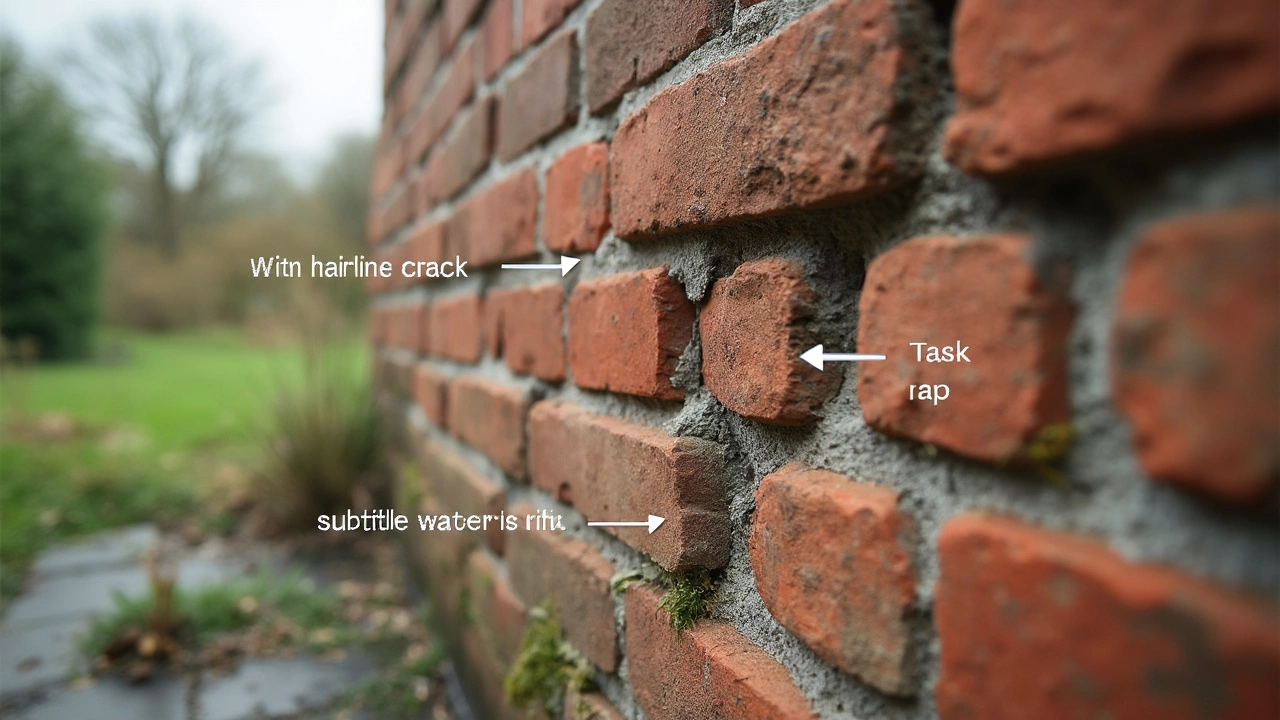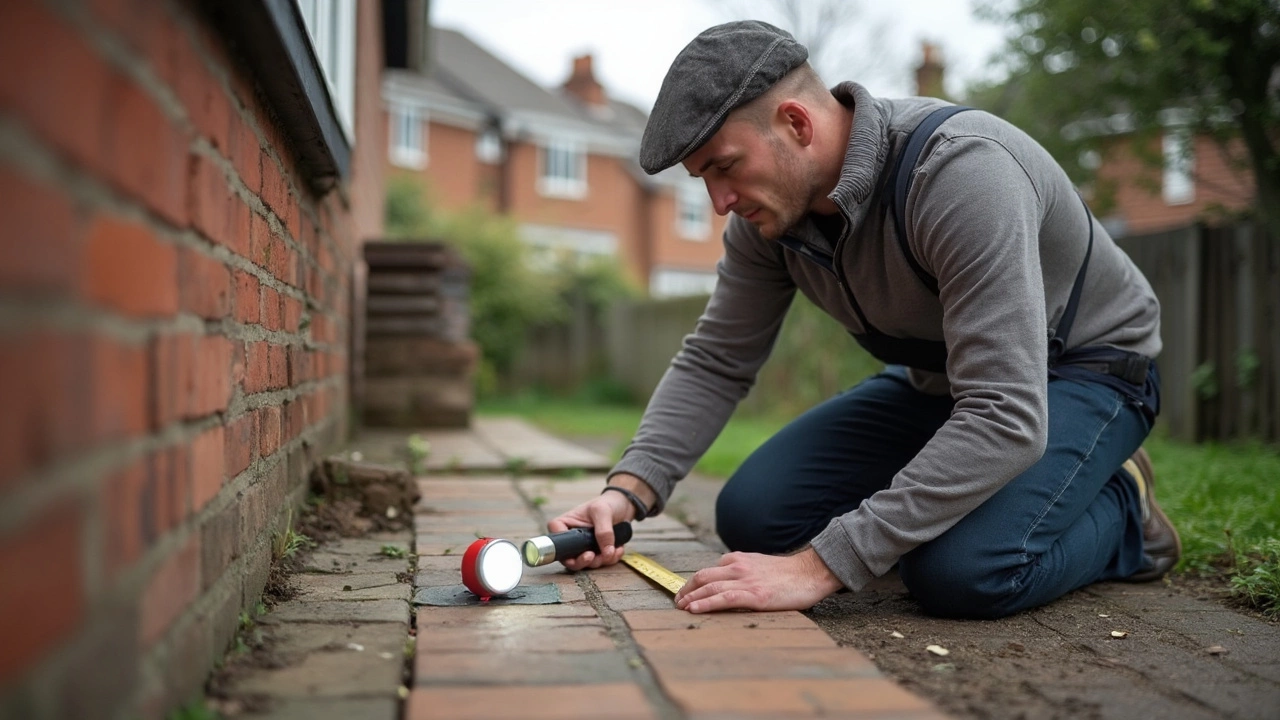Foundation Crack Repair: Simple Steps to Fix Cracks Fast
If you see a line running through your wall or floor, it’s probably a foundation crack. Those cracks can lead to bigger issues if they’re ignored. The good news is you don’t always need a big contractor – many cracks can be handled with a few tools and some common sense. Below you’ll find straight‑forward advice on spotting, fixing, and preventing foundation cracks so your home stays solid.
Identify the Crack Types
First, figure out what kind of crack you’re dealing with. Most cracks fall into three groups:
- Hairline cracks – thin lines under 1 mm. They’re often just shrinkage and don’t need big work.
- Vertical or diagonal cracks – run up and down or at an angle. These can show movement in the soil and may need sealing.
- Horizontal cracks – spread side to side. These are the most serious; they could mean pressure from the outside is pushing the wall inward.
Take a ruler and measure the width. If it’s wider than 3 mm, call a professional. Anything narrower you can tackle yourself.
DIY Fixes and When to Call a Pro
For hairline and small vertical cracks, you’ll need a good epoxy or polyurethane filler. Clean the crack, apply the filler with a putty knife, and smooth it out. Let it cure as the product says – usually a few hours.
If the crack is larger but still under 5 mm, you can use a concrete repair mortar. Mix it, push it into the crack, and then smooth the surface. After it dries, brush a waterproof sealant over the area to keep moisture out.
Horizontal cracks or any crack wider than 5 mm? That’s a job for a foundation specialist. They may need to install steel piers, underpinning, or carbon‑fiber strips to stop the wall from moving. Ignoring these can lead to doors that won’t close, uneven floors, or cracks spreading further.
While you’re fixing the crack, check for water problems. Leaking gutters, poor drainage, or a damp basement can push water into the soil, making cracks worse. Clean gutters, add a down‑spout extension, and consider a French drain if water pools near the foundation.
Finally, keep an eye on the repair. Write down the date you fixed it and check back every six months. If the crack reopens or new cracks appear, it’s time to get a professional opinion.
Fixing foundation cracks doesn’t have to be a nightmare. By knowing the crack type, using the right filler, and addressing any water issues, you can protect your home without breaking the bank. When in doubt, trust an expert – it’s cheaper than fixing a collapsed wall later.
Best Foundation Crack Repair: What Actually Works?
- Gavin Whitaker
- |
- |
- 0
Foundation cracks look scary, but not all repairs are the same. This article breaks down the main ways to fix foundation cracks, explains which methods work best for different situations, and covers pros, cons, and what to watch out for. You'll learn simple warning signs, get money-saving tips, and understand when it's time to call an expert. Whether it's a thin hairline crack or a wider gap leaking water, you'll know your options before you even call a contractor.
View moreCan I Fix a Foundation Crack Myself? DIY Basics & Reality Check
- Gavin Whitaker
- |
- |
- 0
Wondering if you can tackle a foundation crack on your own? This article breaks down when DIY repair is safe, how to do it, and when to call in the pros. You'll learn what tools and materials you actually need, what really causes those cracks, and how to spot the telltale signs that signal a bigger issue. Get straight-up advice and tips drawn from real home repair experience. By the end, you'll know when to roll up your sleeves—and when to grab the phone.
View more
